Greek and Roman Art
0.0(0)
0.0(0)
Card Sorting
1/37
Earn XP
Description and Tags
Study Analytics
Name | Mastery | Learn | Test | Matching | Spaced |
|---|
No study sessions yet.
38 Terms
1
New cards
Kouros Statue
Greek
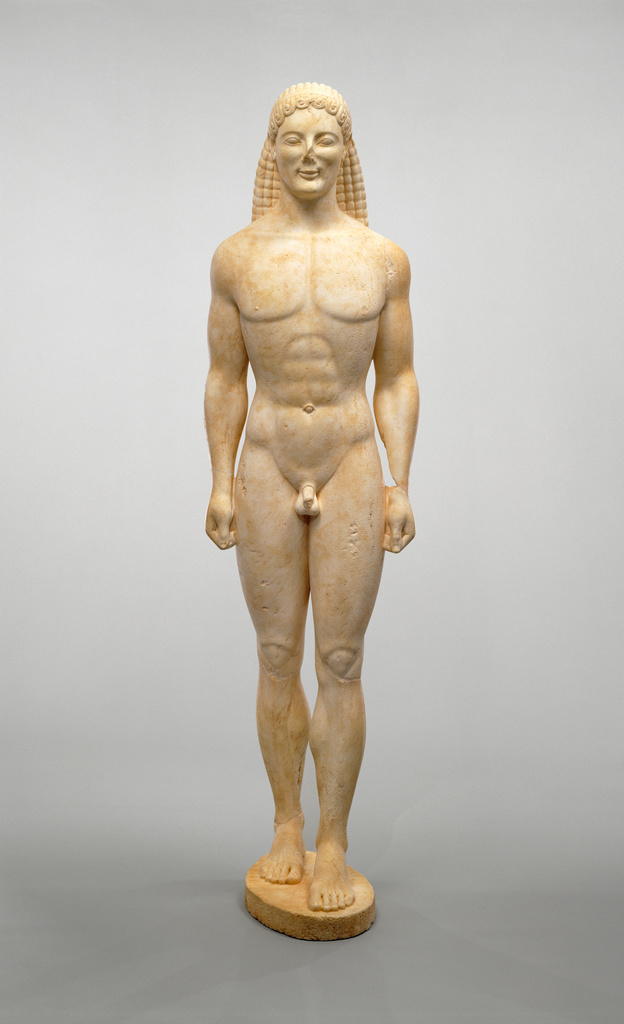
2
New cards
Kore Statue
Greek
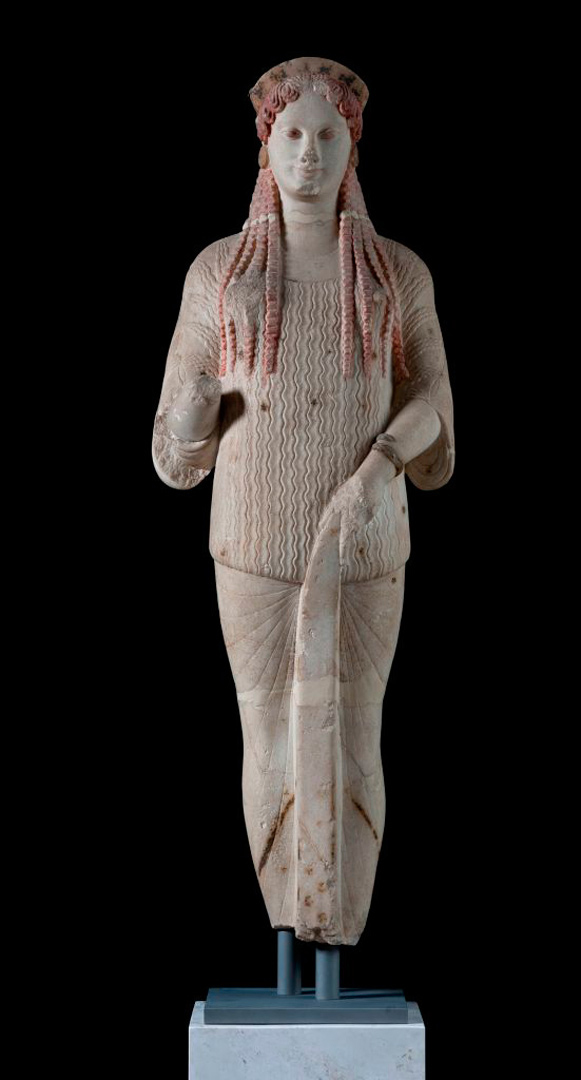
3
New cards
Venus Di Milo
Greek
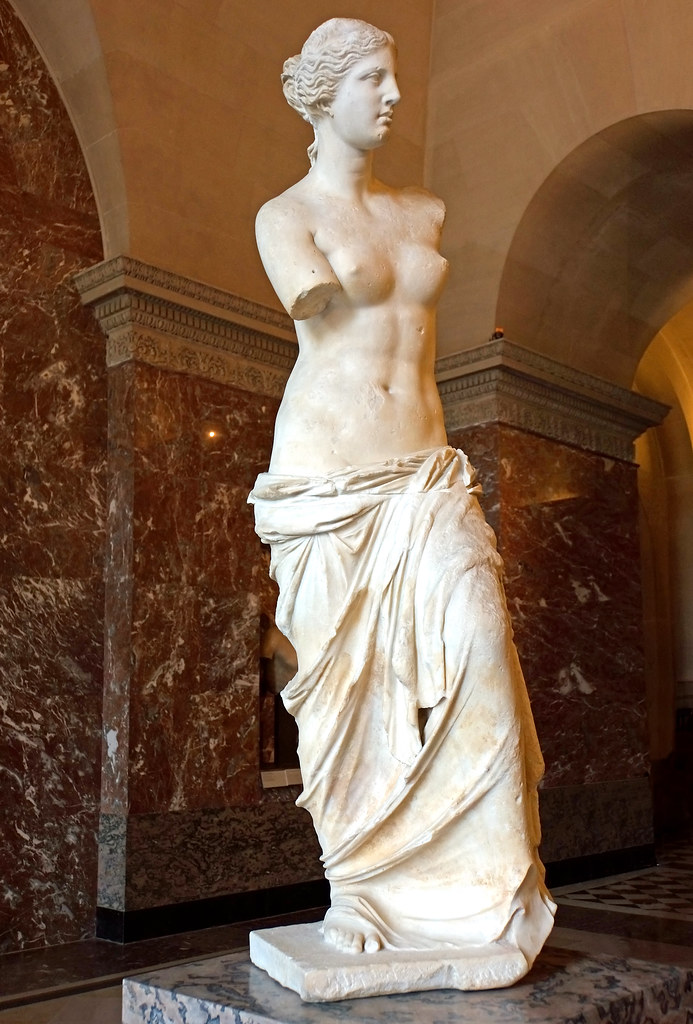
4
New cards
Laocoon
Greek
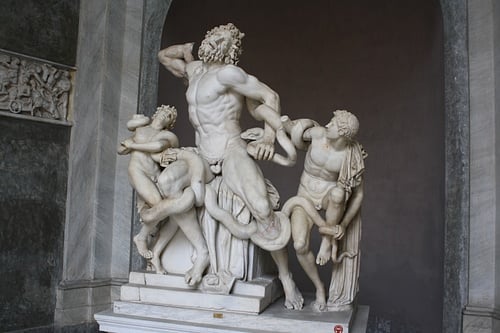
5
New cards
The Parthenon
Greek
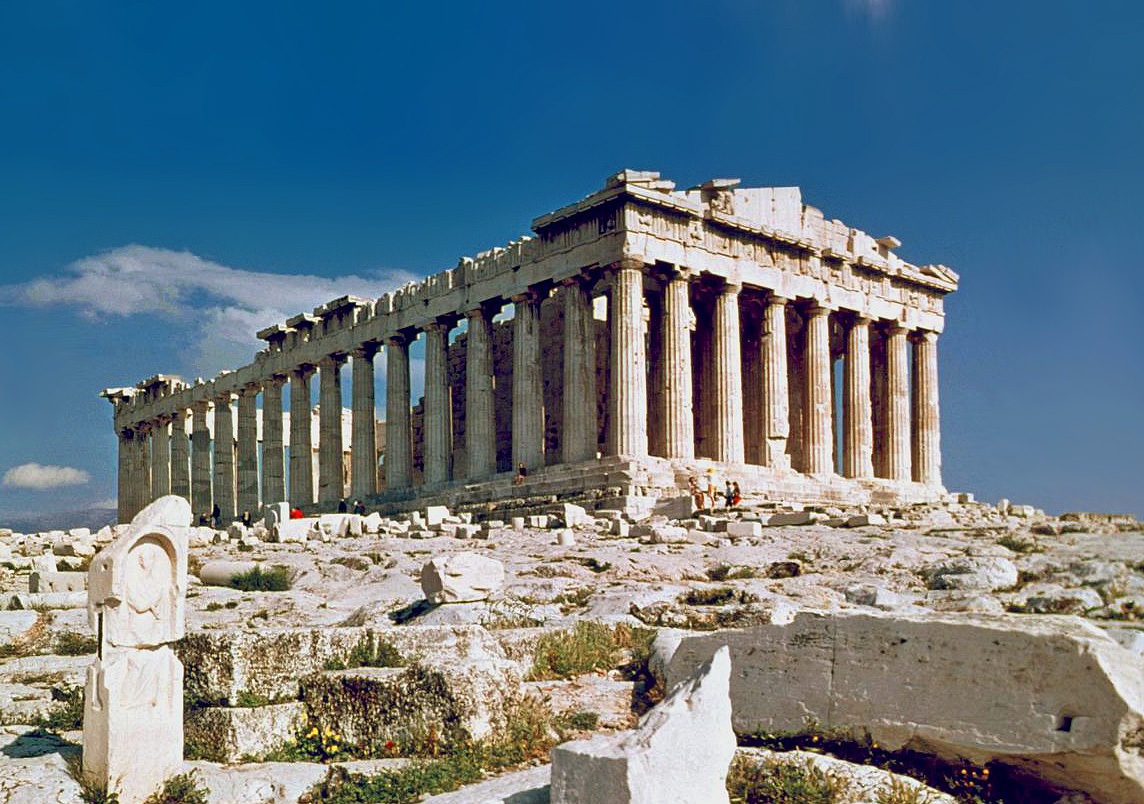
6
New cards
Black Figure Pottery
Greek
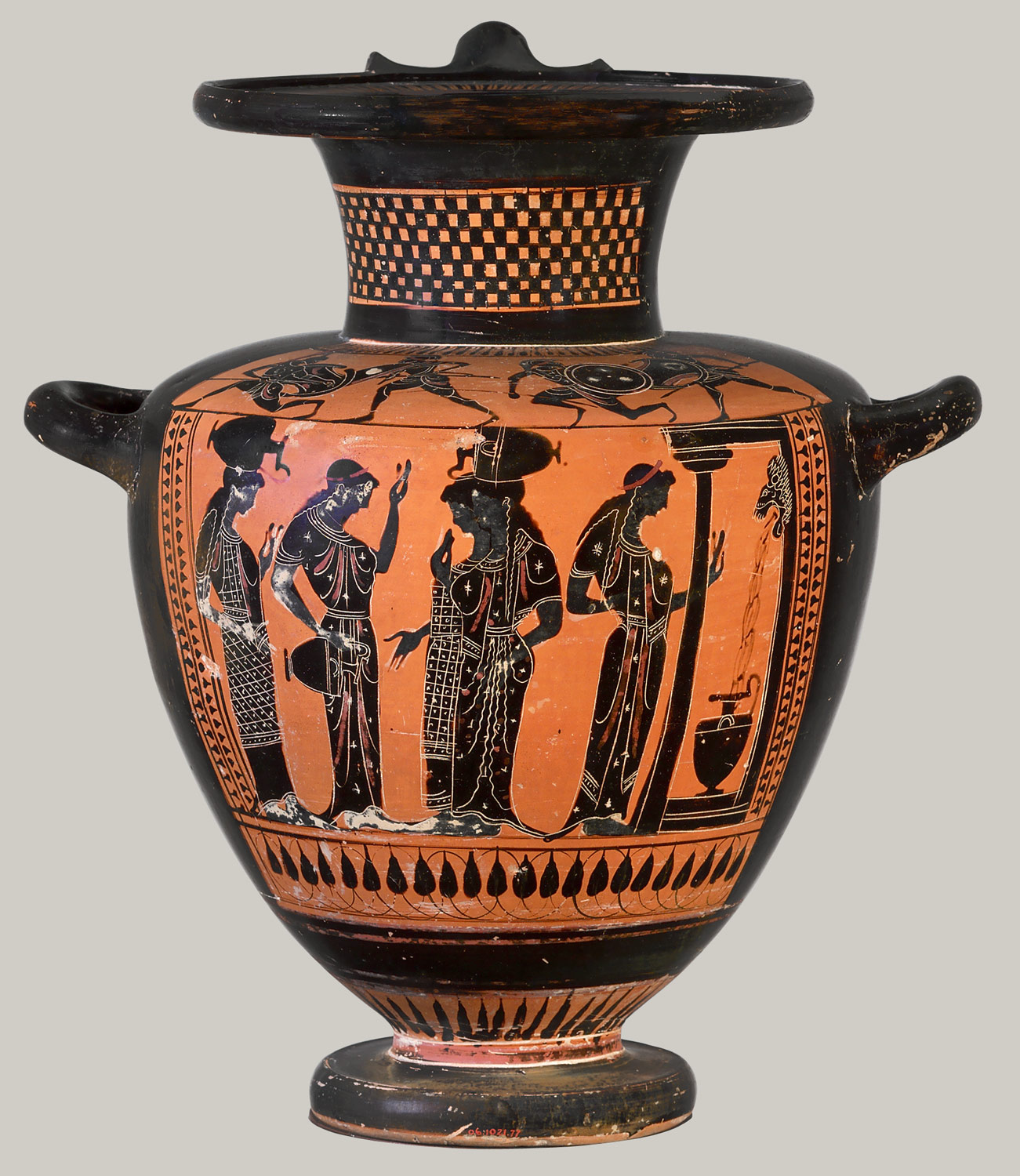
7
New cards
Red Figure Pottery
Greek
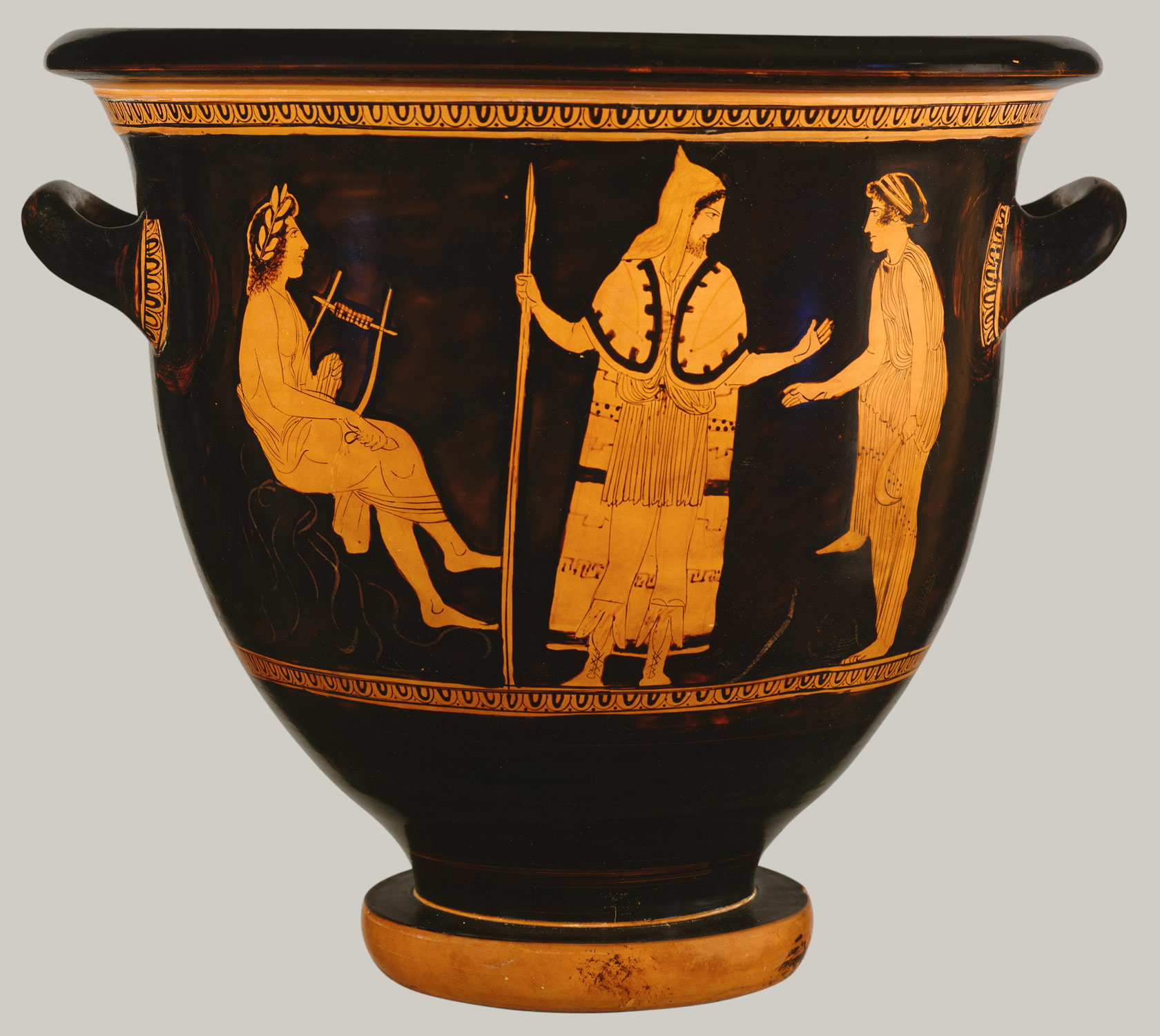
8
New cards
Maison Carree
Roman
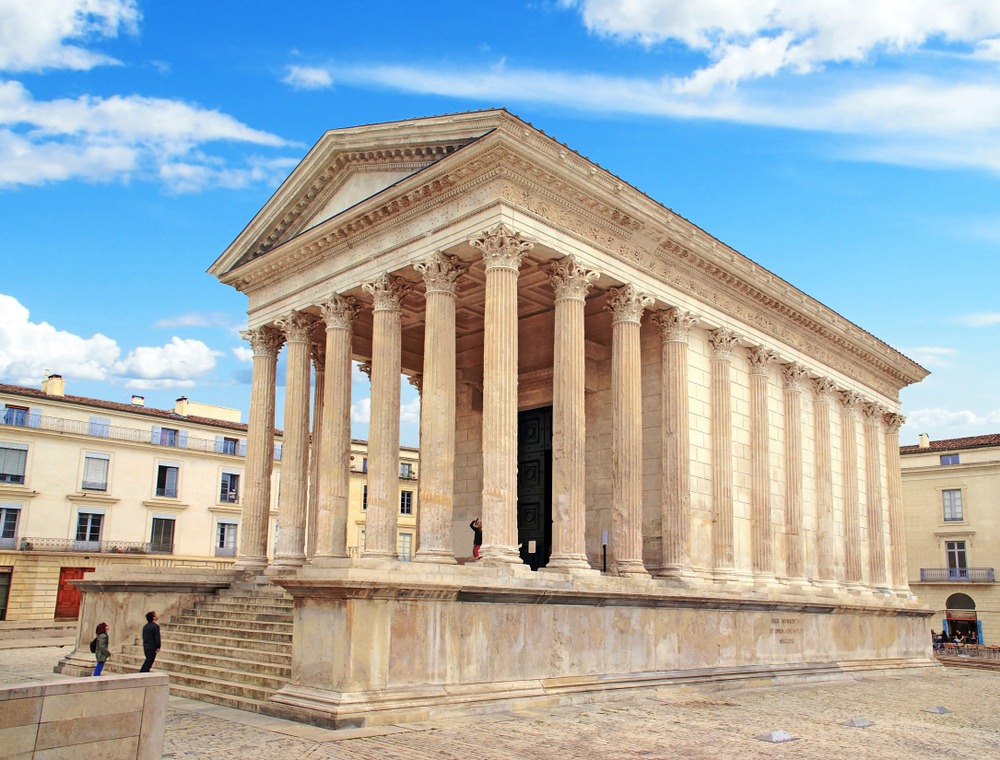
9
New cards
The Panthenon
Roman
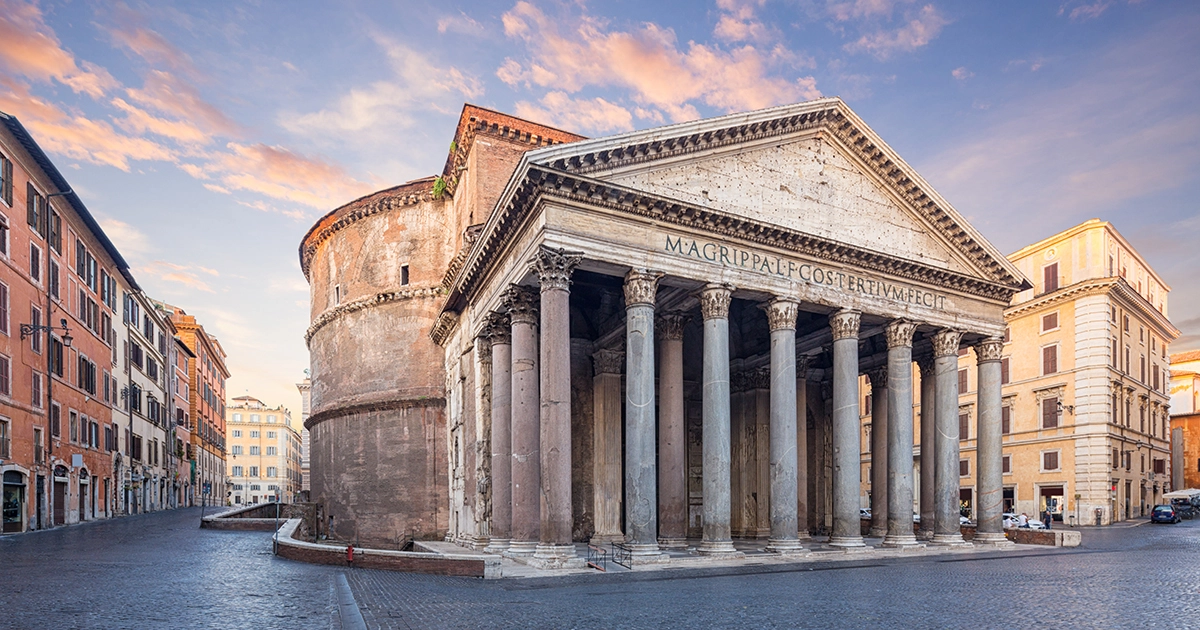
10
New cards
Augustus of Prima Porta
Roman
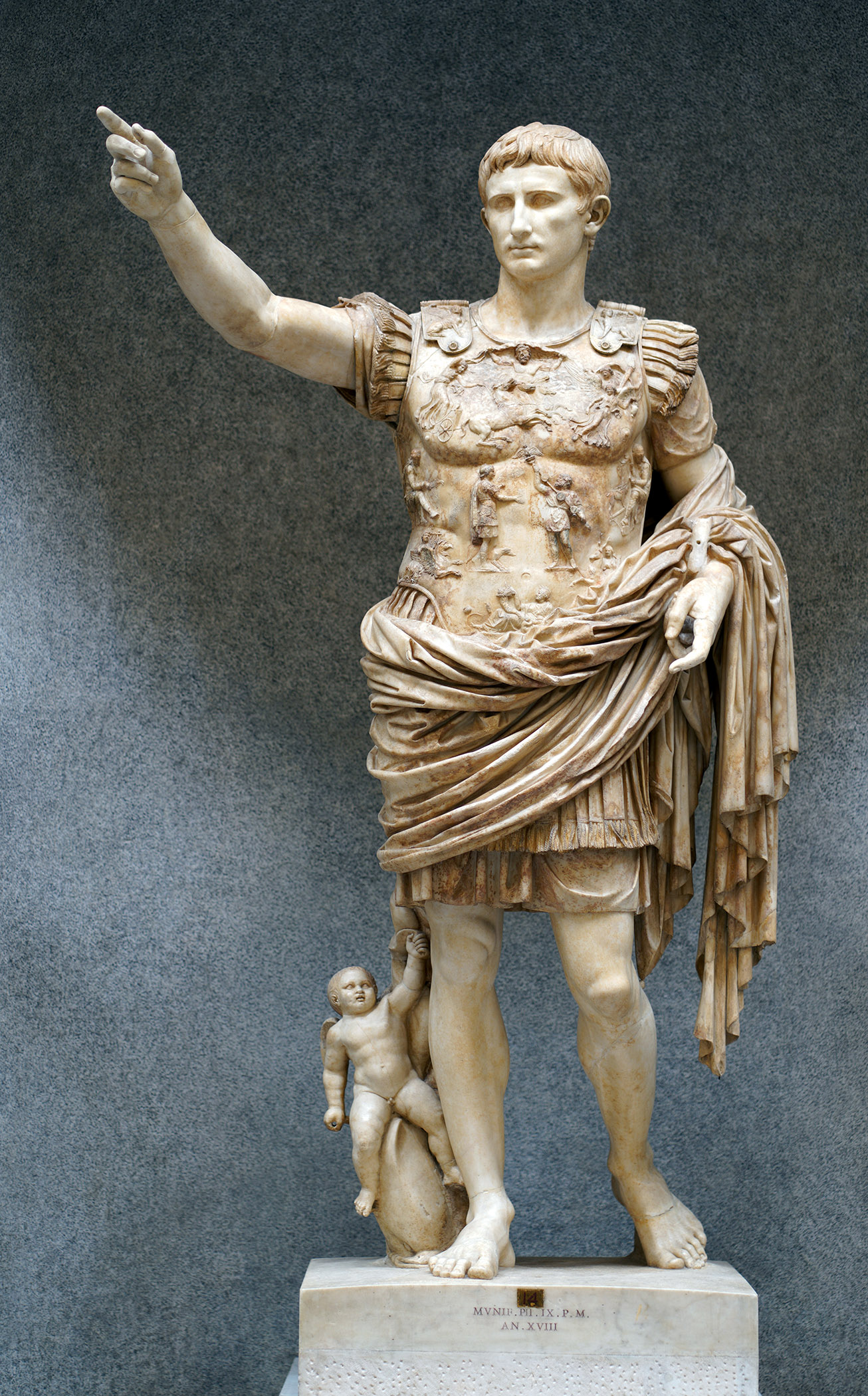
11
New cards
The Equestrian Statue of Marcus Aurelius
Roman
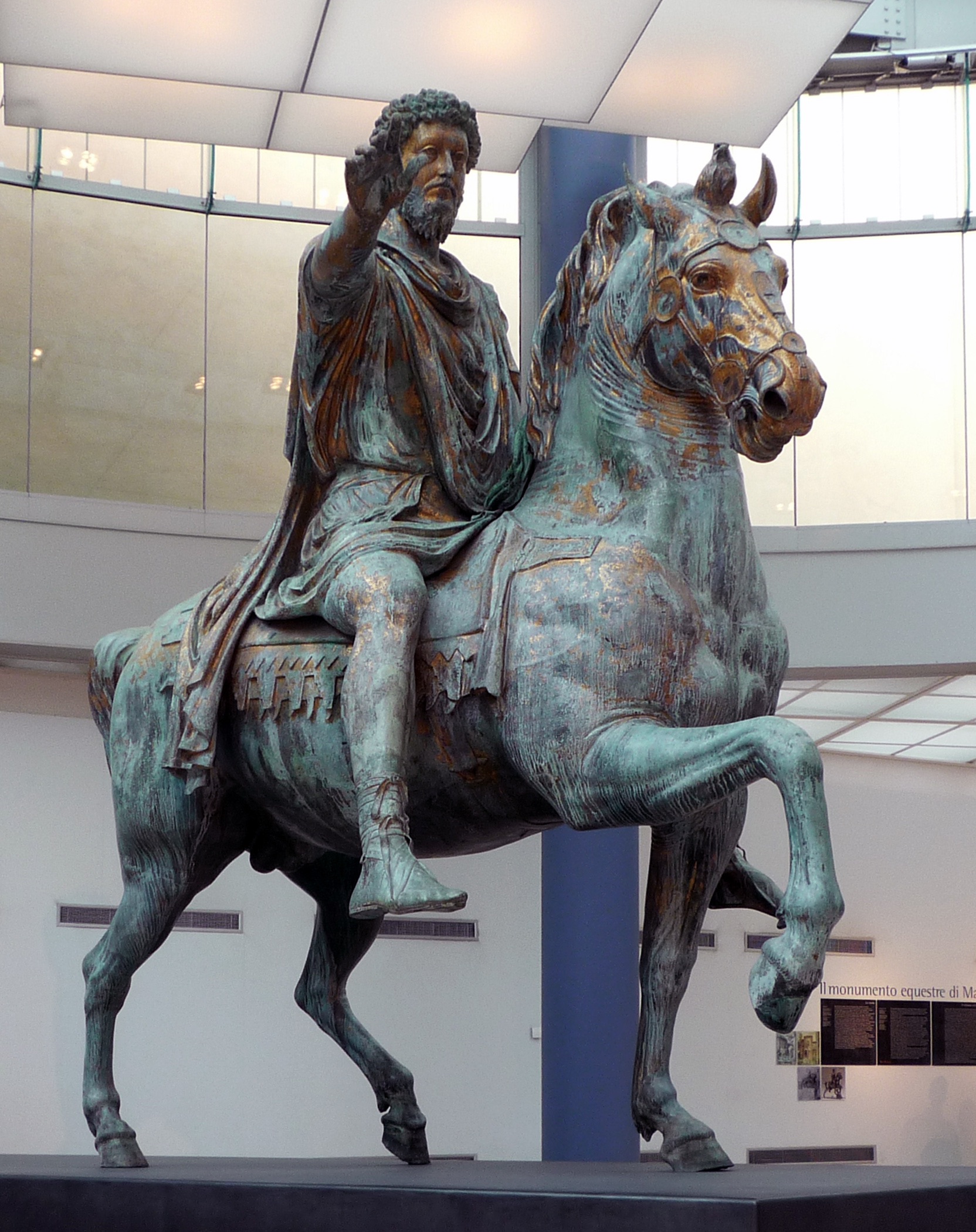
12
New cards
Acropolis
high city, highest and most fortified point within a Greek city-state
13
New cards
Cella
The inner area of an ancient temple, especially one housing the hidden cult image in a Greek or Roman temple
14
New cards
Composite Capital
A capital with an ornate combination of Ionic volutes and Corinthian acanthus leaves that became popular in Roman times
15
New cards
Contrapposto
A sculptural scheme in which the standing human figure's weight rests on one leg, freeing the other leg, which is bent at the knee. With the weight shift, the hips, shoulders, and head tilt, suggesting relaxation with the subtle internal organic movement that denotes life
16
New cards
Corinthian Order
The most ornate, slender and sleek of the three Greek orders. They are distinguished by a decorative, bell-shaped capital with volutes, two rows of acanthus leaves and an elaborate cornice.
17
New cards
Dome
A vault, having a circular plan and usually in the form of a portion of a sphere, so constructed as to exert an equal thrust in all directions
18
New cards
Doric Order
The oldest and simplest of the three main orders of classical Greek architecture, characterized by heavy fluted columns with plain, saucer-shaped capitals and no base. More masculine.
19
New cards
Entablature
The upper section of a classical building, resting on the columns and constituting the architrave, frieze, and cornice
20
New cards
Ionic Order
A taller, thinner column with scroll shapes on its capital
21
New cards
Kore
The name given to a type of free-standing ancient Greek sculpture of the Archaic period depicting female figure. Translates to "young maiden"
22
New cards
Kouros
Modern term given to free-standing Greek sculptures which first appeared in the Archaic period in Greece and represent nude male youths. Translates to "young boy"
23
New cards
Linear Perspective
A type of perspective used by artists in which the relative size, shape, and position of objects are determined by drawn or imagined lines converging at a point on the horizon
24
New cards
Pediment
The triangular space (gable) at the end of a building, formed by the ends of the sloping roof above the colonnade
25
New cards
Pseudoperipteral
A temple that has a series of engaged columns all around the sides and back of the cella to give the appearance of a peripteral colonnade
26
New cards
Arch
A curved structural member that spans an opening and is generally composed of wedge-shaped blocks that transmit the downward pressure laterally.
27
New cards
Diaphragm Arch
A transverse and wall bearing arch that divides a vault or a ceiling into compartments, providing a kind of firebreak
28
New cards
Atmospheric Perspective
Aerial perspective that refers to the effect of the atmosphere has on the appearance of an object as it is viewed from a distance
29
New cards
Bust
A sculpted or cast representation of the upper part of the human figure, depicting a person's head and neck, and a variable portion of he chest and shoulders. The piece is normally supported by a plinth
30
New cards
Caesar
Any of the Roman emperors succeeding Augustus. A term used for a powerful Roman ruler, emperor, or dictator
31
New cards
Coffer
A sunken panel, often ornamental, in a soffit, a vault, or a ceiling
32
New cards
Composite Capital
A capital with an ornate combination of Ionic volutes and Corinthian acanthus leaves that became popular in Roman times
33
New cards
Cuirass
A piece of armor consisting of breastplate and backplate fastened together
34
New cards
Equestrian Statue
Depicting or representing a person on horseback
35
New cards
Groin
The edge formed by the intersection of two vaults
36
New cards
Groin Vault
Formed by the intersection at right angles of two barrel vaults of equal sizes. Lighter in appearance than the barrel vault, required less buttressing
37
New cards
Oculus
The round central opening or "eye" of a dome
38
New cards
Truss
An assembly of members such as beams, connected by nodes, that create a rigid structure. "Consists of two-force members only, where the members are organized so that the assemblage as a whole behaves as a single object"